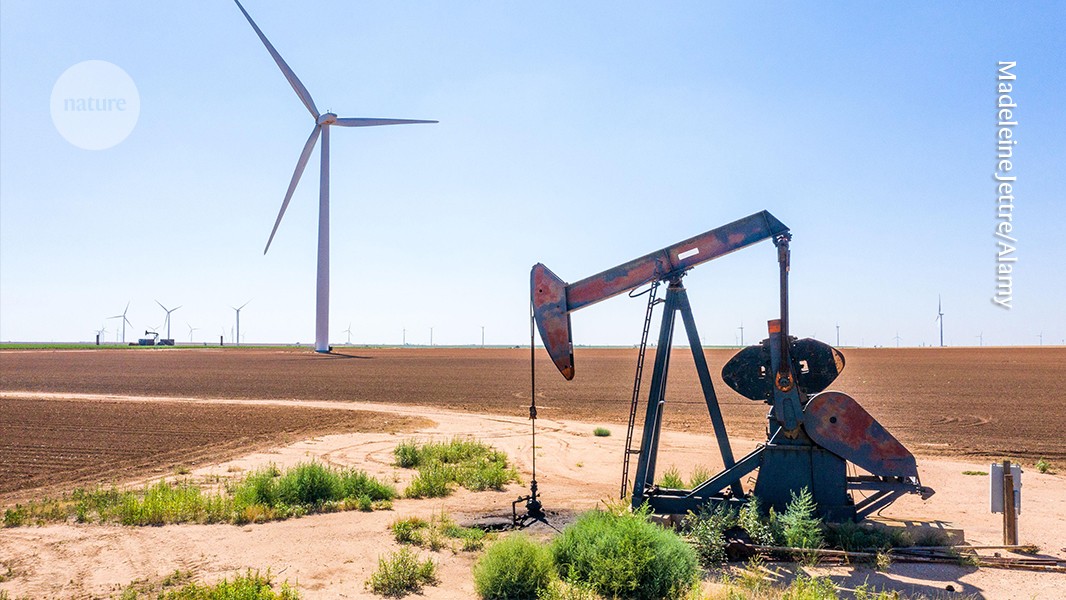
Support communities that will lose out in the energy transition
Nature Portfolio 2 years ago

layersDaily Sustainability Digest
Published about 4 hours ago
The past fortnight has marked tangible acceleration in sustainable construction. The Alliance for Sustainable Building Products (ASBP) has endorsed the Architects Climate Action Network’s Circular Economy Policy Campaign, strengthening the industry’s approach to circular economy in construction and sustainable building practices. Debbie Ward, ASBP Director and lead of the Reuse Now initiative, framed this as a moment to integrate systematic whole life carbon thinking into every project phase rather than rely on incremental recycling efforts. Her call reflects growing recognition that achieving net zero carbon buildings requires material reuse strategies that reduce embodied carbon and tackle the full environmental impact of construction.
Show MorearticleFeatured News

Turning the UK's Growth Ambition Into Reality - British Chambers of Commerce
1 day ago

UK 2024 GHG Emissions Show Ongoing Decline
1 day ago

COP30 Action Tracker: Brazil’s oil expansion controversies and Keir Starmer’s U-turn
1 day ago

Natural Resources Wales reaches £14.6m tax settlement with HMRC
1 day ago

Study: How circular telecom masts could save €30m and slash CO2
1 day ago

Building a Safer Future welcomes Equans as lastest BSF Champion
1 day ago
play_circleFeatured Videos

AJ Retrofit & Reuse Awards 2025
2 days ago

Decarbonising Flood Defences in Essex
2 days ago

Scaling circular business models: It makes fashion sense
3 days ago

How My Geothermal Heat Pump Really Performed (2 Years)
4 days ago

What makes circular business models fail to scale? Strategic misalignment
5 days ago

What makes circular business models fail to scale? Strategic misalignment
5 days ago
podcastsFeatured Podcasts

Rise & Resonate: Sustainable Communities with Architect Don Jacobs
3 days ago

Donald Jacobs on Designing Communities That Disappear Into the Land
4 days ago

Why do circular business models fail to scale? Strategic misalignment
4 days ago

Why do circular business models fail to scale? Don’t think too small
4 days ago

What makes circular business models fail to scale? Strategic misalignment
5 days ago

On-Site Banking Best Practices: ICYMI
5 days ago
Get your opinion heard:
Whole Life Carbon is a platform for the entire construction industry—both in the UK and internationally. We track the latest publications, debates, and events related to whole life guidance and sustainability. If you have any enquiries or opinions to share, please do get in touch.











